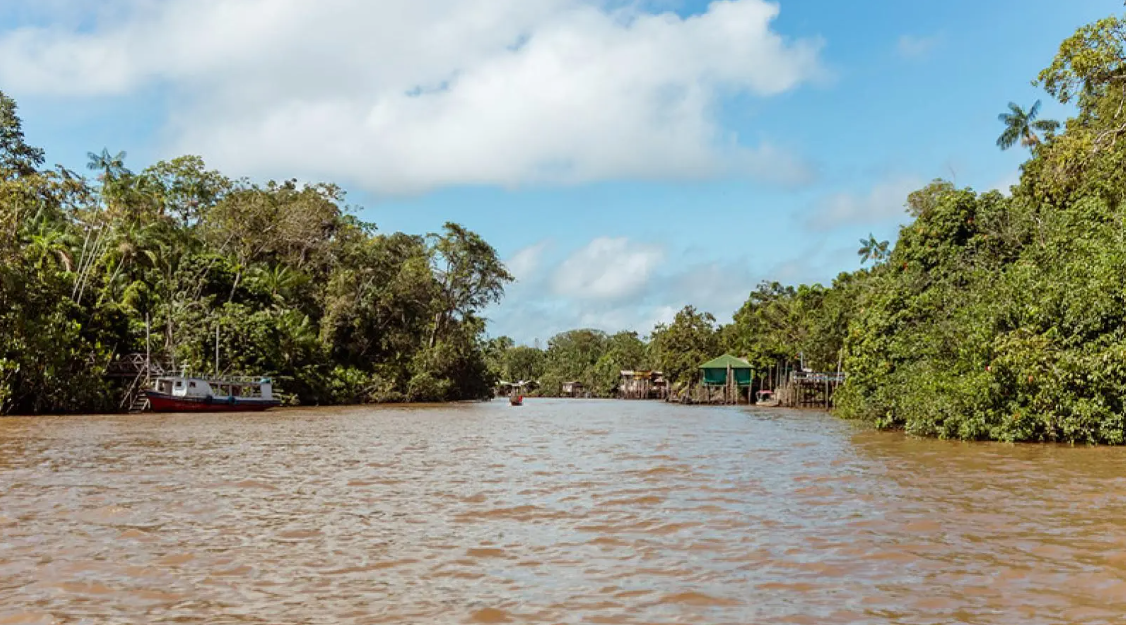How an Urban Bioeconomy Can Promote Healthy Ecosystems and Spur Sustainable Economic Prosperity – TheCityFix

The Sustainable Development Goals and the Transformation of Combu Island
Introduction

Combu Island, located near Belém, Brazil, is a prime example of sustainable development aligned with the Sustainable Development Goals (SDGs). The island’s traditional rural inhabitants, known as “ribeirinhos,” have lived in harmony with the land for centuries, relying on fishing and local produce for their livelihoods. Recently, the island has undergone a transformation, with businesses like Saldosa Maloca and Filha do Combu showcasing the island’s natural resources and promoting sustainable practices. This article explores the need for transformation in the Amazon region, the concept of an urban bioeconomy, and the role of both the public and private sectors in driving sustainable economic growth.
The Need for Transformation
The Brazilian Amazon faces the dual pressures of urbanization and ecosystem degradation. With 75% of residents and 40% of the Indigenous population now living in cities, the region is experiencing rapid urbanization. However, this urbanization has not led to an improved quality of life for residents, and resource-intensive agricultural practices have further degraded the ecosystem without benefiting local populations. The Global North’s extractive relationship with the Amazon has exacerbated inequities and threatened the delicate balance of the ecosystem.
Growing an Urban Bioeconomy
The concept of an urban bioeconomy offers a paradigm shift in economic production that prioritizes the interdependence of ecosystems, people, and climate. This approach moves away from traditional exploitative production models towards a more sustainable and circular approach. In biodiverse regions like the Amazon, a bioeconomy model should prioritize biodiversity preservation, respect for local traditional knowledge, and equitable distribution of economic benefits. By harnessing renewable resources, valorizing biowaste, and fostering green infrastructure, cities can promote resource efficiency and minimize their ecological footprint.
The Role of Public and Private Sectors
Both the public and private sectors have a critical role to play in translating the concept of a bioeconomy into a reality. Cities like Belém are already leading the way by creating enabling conditions for innovation and supporting local production chains. The recent launch of the Innovation and Bioeconomy District of Belém demonstrates how cities can foster sustainable commercialization of renewable products and support local businesses. However, businesses must also evolve their models to center the health and well-being of ecosystems and residents. By identifying renewable resources, respecting ecosystem life-cycles, and promoting circularity, businesses can contribute to a more sustainable and equitable future.
Overall, the transformation of Combu Island and the promotion of an urban bioeconomy offer hope for a more sustainable and prosperous future. By aligning economic production with the SDGs and prioritizing the well-being of ecosystems and communities, cities can lead the way towards a more sustainable and equitable world.
SDGs, Targets, and Indicators
1. Which SDGs are addressed or connected to the issues highlighted in the article?
- SDG 8: Decent Work and Economic Growth
- SDG 12: Responsible Consumption and Production
- SDG 15: Life on Land
2. What specific targets under those SDGs can be identified based on the article’s content?
- SDG 8.4: Improve progressively, through 2030, global resource efficiency in consumption and production and endeavor to decouple economic growth from environmental degradation.
- SDG 12.2: By 2030, achieve the sustainable management and efficient use of natural resources.
- SDG 15.2: By 2020, promote the implementation of sustainable management of all types of forests, halt deforestation, restore degraded forests, and substantially increase afforestation and reforestation globally.
3. Are there any indicators mentioned or implied in the article that can be used to measure progress towards the identified targets?
- Indicator for SDG 8.4: Resource productivity, measured as GDP per unit of material use.
- Indicator for SDG 12.2: Domestic material consumption per capita.
- Indicator for SDG 15.2: Forest area as a proportion of total land area.
Table: SDGs, Targets, and Indicators
| SDGs | Targets | Indicators |
|---|---|---|
| SDG 8: Decent Work and Economic Growth | Target 8.4: Improve progressively, through 2030, global resource efficiency in consumption and production and endeavor to decouple economic growth from environmental degradation. | Indicator: Resource productivity, measured as GDP per unit of material use. |
| SDG 12: Responsible Consumption and Production | Target 12.2: By 2030, achieve the sustainable management and efficient use of natural resources. | Indicator: Domestic material consumption per capita. |
| SDG 15: Life on Land | Target 15.2: By 2020, promote the implementation of sustainable management of all types of forests, halt deforestation, restore degraded forests, and substantially increase afforestation and reforestation globally. | Indicator: Forest area as a proportion of total land area. |
Source: thecityfix.com








